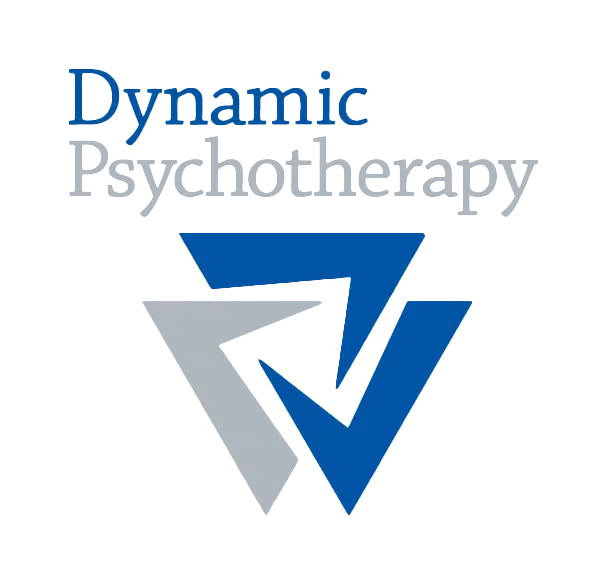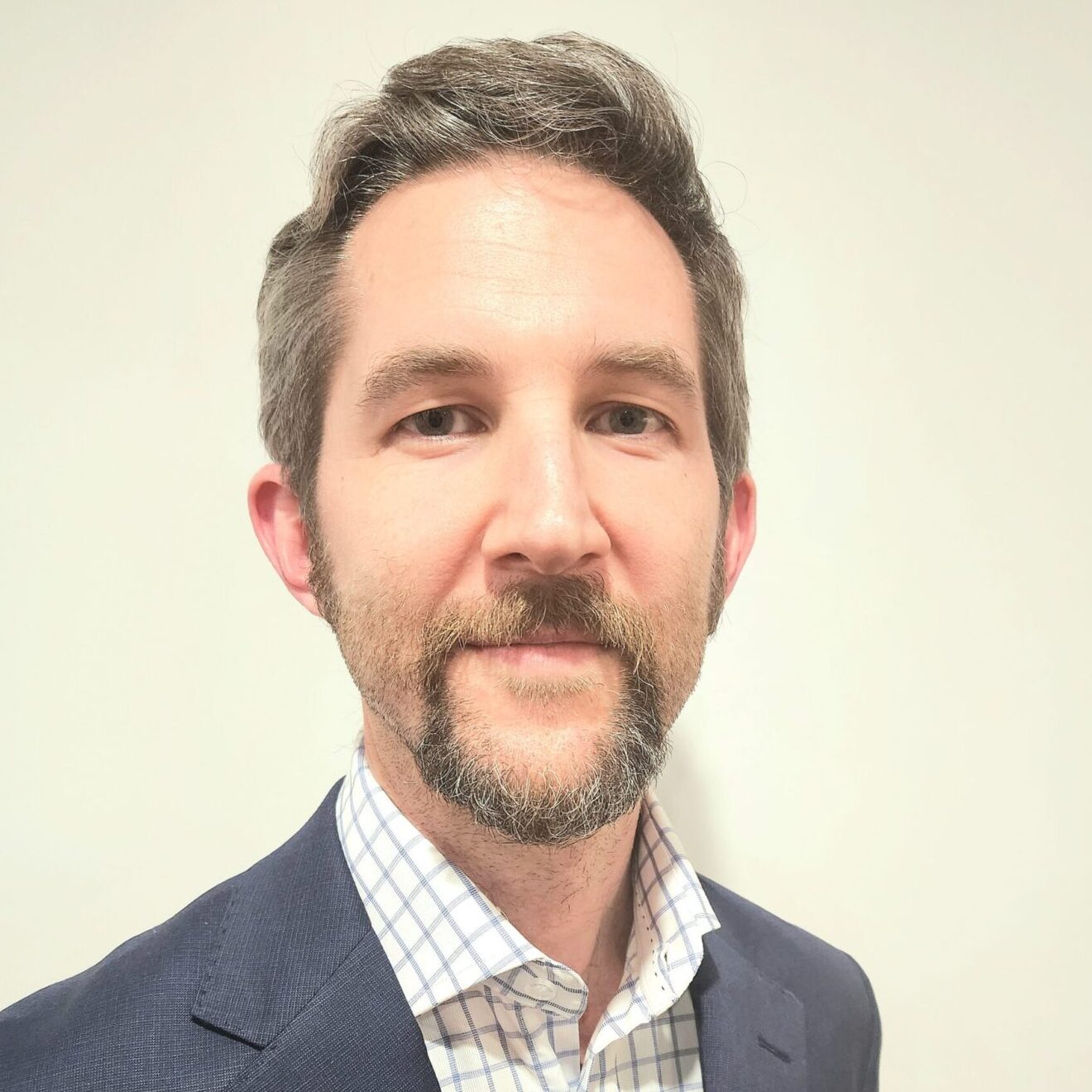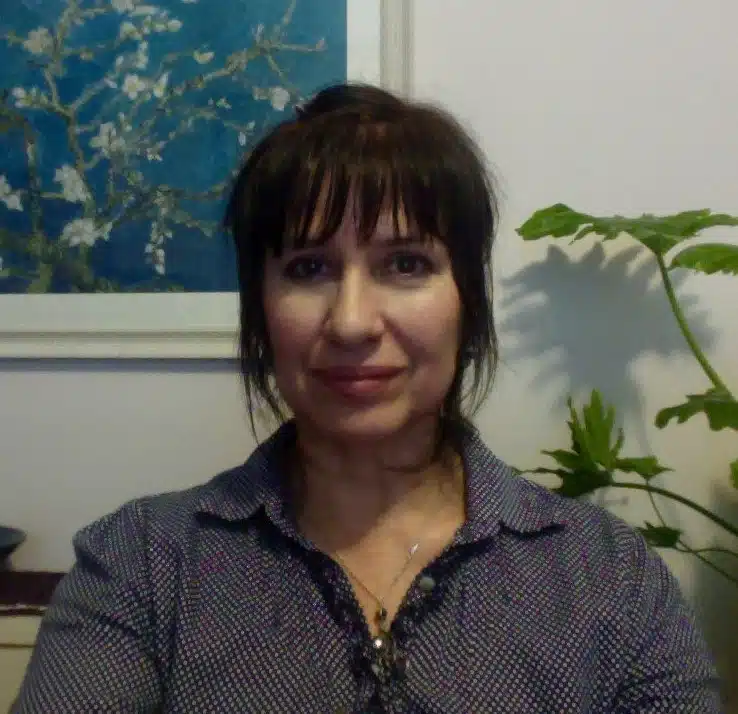Submit a request form with as much information as you feel comfortable sharing to get started, or continue reading for more information about Schema Therapy.
Why Submit An Appointment Request
Around 70% of individuals delay seeking professional help for mental health issues that disrupt daily life for years before taking action.[1]
These issues negatively impact not just the individual experiencing them, but can also impact their family and friends.
- Convenient location for in person appointments at 33 Drummond Street, Carlton, on the edge of the Melbourne CBD.
An eight minute walk from the Melbourne Central or Parliament Train Stations. - Online appointments are also an option, allowing you to avoid travel and process emotions from the comfort of your home
- We have a large team of practitioners with a variety of approaches and experience allowing us to find you the right therapist with the right approach
- We use ISTDP Therapy to address the root cause of your symptoms, allowing you to achieve transformational change in your life
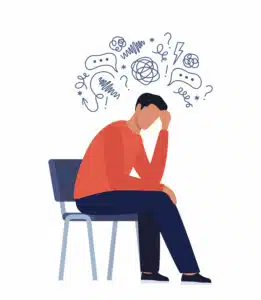
[1]Mental illness stigma, help seeking, and public health programs
Henderson et al. https://www.ncbi.nlm.nih.gov/pmc/articles/PMC3698814/
Appointment Request Form
Don’t put off seeking professional help if your symptoms are causing problems in your everyday life.
Submit a request and our triage team will be in touch shortly to discuss your options.
Keep reading if you would like to learn more about Schema Therapy.
Schema Therapy In Carlton, Melbourne or Online via Telehealth
Our Melbourne based Schema therapists are conveniently located at 33 Drummond Street, Carlton.
Or if you can choose to see a Schema therapist online from the safely and security of your home via Telehealth.
Medicare rebates are available with our Schema therapists. Learn more here.
Book today by completing our intake form here, or get in touch with our reception team if you have any questions or to check our current appointment options.
Why Book With A Schema Therapist
Schema therapy has shown remarkable results in helping people change problematic patterns which interfere with their everyday life, often since childhood.
Schema therapy is particularly good at helping people who feel hopeless about their self-destructive patterns, allowing them to gain insight into what is causing their problematic behavioural patterns.
Hawke, L. D., & Provencher, M. D. (2011). Schema Theory and Schema Therapy in Mood and Anxiety Disorders: A Review. Journal of Cognitive Psychotherapy, 25(4). https://doi.org/10.1891/0889-8391.25.4.257
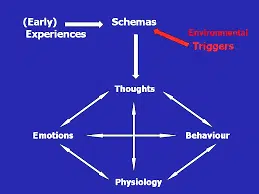
What Happens During Schema Therapy
Schema therapy treatment is broken up into two phases The assessment phase and the change phase.
During the first few sessions of therapy, your therapist will work with you to uncover your schemas and modes, by taking an in-depth history of your current problems as well as a deep focus on the childhood origins of the route of schemas and modes.
This is done through a combination of assessments completed by the client as well as through imagery and other experiential exercises done in session with your therapist.
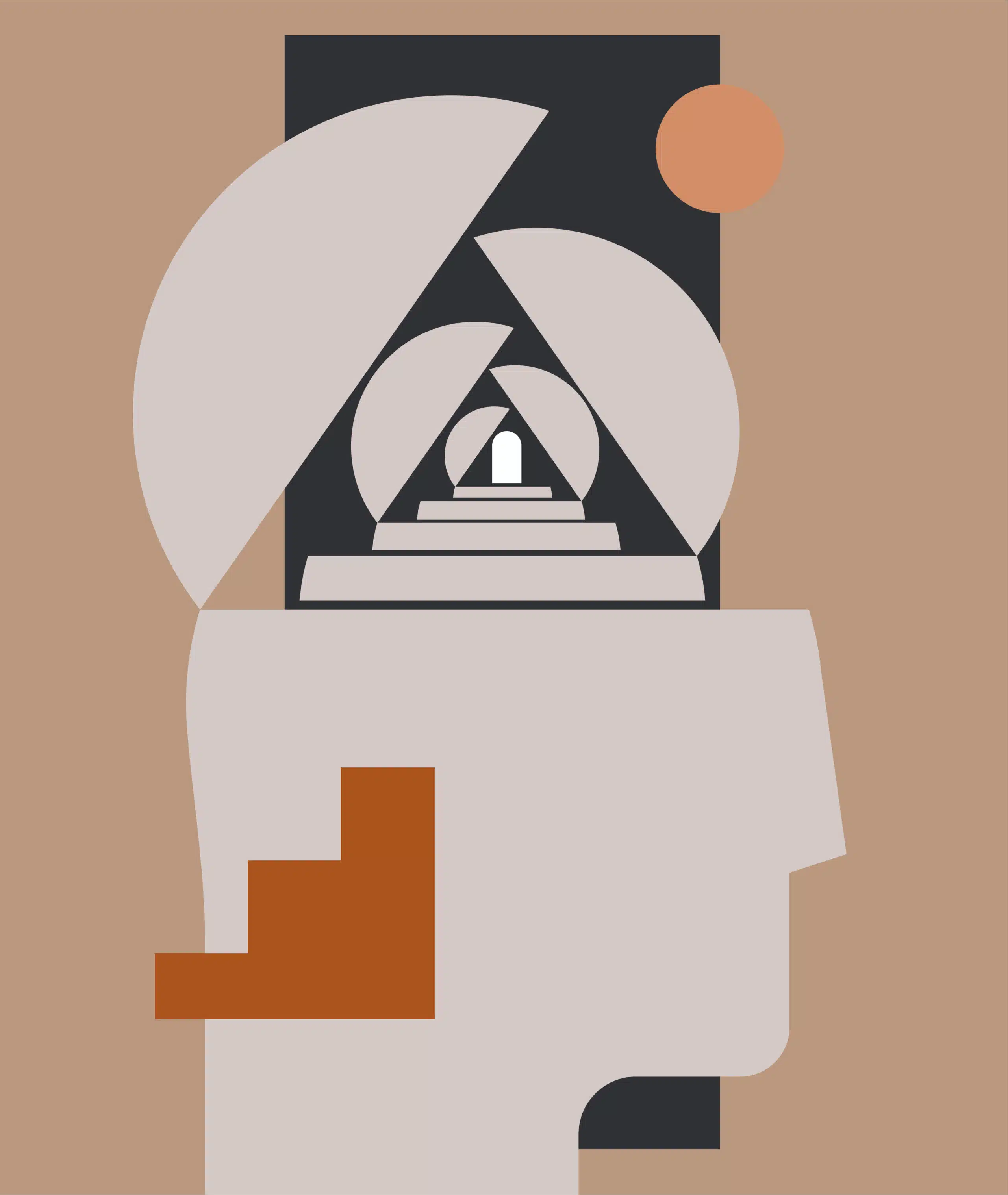
The Initial Session
The first phase of treatment is also about the education of schemas and modes culminating in a case formulation, with shared goals and treatment targets created by the schema therapist and client.
The second phase is the change phase- which emphasises the use of experiential techniques including imagery rescripting and chair work dialogues to help modify and heal schemas. The treatment is always based on the individual case conceptualisation.
The ultimate goal of schema therapy is for the client to get their needs met.
In a schema therapy session, the therapist meets the unmet needs of the client.
Our Schema Therapists
Click on a therapist to view more
Ready to book with David or Rachel? Use our secure intake form, and we will get back to you within one business day.
Keep reading for an in depth comprehensive overview about Schema Therapy.
Schema Therapy in Melbourne: An Effective Approach To Transforming Your Mental Health
Introduction
If you find yourself caught in a loop of negative thinking, overwhelming emotions, and habitual behaviours that don’t serve your well-being, it might be time to consider Schema Therapy. This innovative therapeutic approach, pioneered by Dr. Jeffrey Young, has gained acclaim for its effectiveness in disrupting long-standing mental health patterns.
This guide offers an in-depth look at Schema Therapy, detailing its origins, methodology, and the transformative potential it holds for those seeking change. We’ll examine the core concepts that underpin this therapy, how it’s applied in real-world settings, and the ways in which it can specifically address and alter deep-rooted mental schemas. If you’re on a quest for a therapeutic path that promises a more positive and stable state of mind, read on to discover how Schema Therapy could be the key to unlocking a new chapter in your life.
Table of Contents
What is Schema Therapy?
Who Developed Schema Therapy?
The Schema Domains
Maladaptive Schemas
Maladaptive Coping Styles
The 18 Schemas
Schema Modes
List of Child Modes
Maladaptive Coping Modes
Maladaptive Parent Modes
Healthy Adult Mode
Chair Work Dialogues
Imagery Rescripting
Conclusion

What is Schema Therapy?
At its core, Schema Therapy is an innovative and integrative psychotherapeutic approach that offers new hope to individuals facing mental health challenges that have not responded well to traditional treatments. It is particularly adept at addressing deep-seated patterns of thinking, feeling, and behaving that are detrimental to one’s mental health and well-being.
Developed by Dr. Jeffrey Young, Schema Therapy is grounded in the concept of ‘schemas’ — maladaptive thought patterns and behaviours that are often established in childhood and can persist into adulthood. These schemas are more than just fleeting thoughts; they are ingrained patterns that can dictate how one interprets the world and interacts within it.
The therapy is comprehensive, combining principles from cognitive-behavioural therapy (CBT), which focuses on changing negative thought patterns, with the depth of psychoanalytic therapy, which delves into the influence of past experiences on current behaviour. It also incorporates attachment theory, which examines the importance of early relationships in shaping our schema and emotional bonding.

Experiential Techniques and Behavioural Change: The Pillars of Schema Therapy
Schema Therapy is characterized by its unique strategies and techniques designed to bring about significant change. These include experiential techniques such as imagery and chair work dialogues, where clients can confront and challenge their schemas, and behavioural pattern breaking, where new, more adaptive behaviours are practiced and reinforced.
This approach does not offer a quick fix but rather a profound transformational process. It requires a collaborative effort between therapist and client, where the therapist acts not only as a guide but also as a secure base from which the client can explore their inner world.
Schema Therapy is designed to go beyond symptom relief, aiming to help individuals change their life patterns comprehensively, enabling them to lead healthier and more fulfilling lives. It’s a journey of self-discovery, healing, and ultimately, empowerment
Why Choose Schema Therapy?
Delving Beyond Symptoms to the Core Issues
Schema Therapy stands out in the landscape of psychotherapy for its profound approach to mental health. It’s not just about managing symptoms; it’s about understanding and addressing the foundational issues that give rise to them. This therapeutic method digs deep to identify and modify the underlying schemas—enduring and often deeply ingrained patterns of thought, emotion, and behaviour that are central to an individual’s mental health struggles.
A Deeper Solution for Complex Issues
Schema Therapy offers a unique approach by focusing on the root causes of mental distress, not just the symptoms. It’s designed to uncover and address the deep-seated schemas—persistent patterns of thought, feeling, and behaviour—that often underlie mental health challenges.
Addressing the Underlying Schemas
Schemas are like mental blueprints that shape the way we see ourselves, others, and the world around us. They are formed through our experiences, particularly during childhood, and can become maladaptive as we grow. These maladaptive schemas are the targets of Schema Therapy. By focusing on these core schemas, the therapy helps individuals to unravel the complex tapestry of their psychological makeup and to understand the origins of their distress.
Tailored and In-Depth Healing
This therapy adapts to individual needs, offering a depth of treatment that can lead to genuine, long-term healing. Unlike traditional therapies that may offer temporary relief, Schema Therapy aims for transformative change by working through the core issues that maintain psychological difficulties.
Transformative Outcomes
The goal of Schema Therapy is to empower you to break free from old patterns and develop healthier ways of thinking and behaving. It’s a collaborative journey with a therapist who provides a supportive space for growth, leading to a more fulfilling and balanced life.
Who Can Benefit from Schema Therapy?
Schema Therapy is a versatile and impactful form of therapy that has shown to be particularly beneficial for a wide range of psychological issues. Its effectiveness is not limited to one specific condition but spans across various complex mental health challenges. Here’s a closer look at who can reap the benefits of Schema Therapy:
Personality Disorders
Individuals with personality disorders often experience pervasive patterns of behaviour and thought that are rigid and unhealthy. Schema Therapy helps by identifying and addressing the deep-rooted schemas that contribute to these patterns, offering a path to more adaptive ways of relating to oneself and others.
Chronic Depression
For those who suffer from long-term depression, Schema Therapy can be a beacon of hope. It goes beyond the symptoms to explore the underlying schemas that may be fuelling the depressive episodes, facilitating a deeper healing process and promoting lasting change.
Anxiety Disorders
Anxiety can be crippling, and those with anxiety disorders may find that Schema Therapy offers a new lens through which to understand and manage their fears. By working through the foundational schemas that underpin anxiety, individuals can develop a more secure and calm approach to life’s uncertainties.
Eating Disorders
Eating disorders are often symptomatic of complex emotional and cognitive issues. Schema Therapy addresses the maladaptive schemas that contribute to disordered eating patterns, helping individuals to establish a healthier relationship with food and their bodies.
Relationship Issues
Interpersonal difficulties can stem from early life experiences that shape our expectations and interactions. Schema Therapy can be particularly helpful in unravelling these issues, providing individuals with the tools to build more fulfilling and healthy relationships.
How Does Schema Therapy Work?
At its core, Schema Therapy focuses on identifying and changing maladaptive schemas through a strong therapeutic relationship. The therapist helps you become aware of your schemas and the coping styles you’ve developed over time. Together, you’ll work on replacing maladaptive behaviours with healthier alternatives, fostering a more positive outlook on life.
Understanding Schema Domains
Schema Domains are broad categories that encapsulate various schemas. These domains help in organizing the complex web of schemas into manageable groups, making it easier for both therapists and clients to understand and work on them.
The Five Major Domains
- Disconnection & Rejection: This domain involves schemas related to the expectation that one’s needs for security, safety, and a sense of belonging will not be met.
- Impaired Autonomy & Performance: Schemas in this domain are related to the belief that one is not capable of surviving or performing well independently.
- Impaired Limits: This domain includes schemas that lead to difficulties in respecting the rights of others and a lack of self-control.
- Other-Directedness: Schemas in this domain focus on an excessive emphasis on meeting the needs of others at the expense of one’s own needs.
- Overvigilance & Inhibition: This domain involves schemas that focus on suppressing one’s feelings and impulses to meet high internal standards, often at the cost of happiness, health, and relationships.
Why Are Schema Domains Important?
Understanding Schema Domains is crucial for effective treatment. They provide a framework that helps in identifying which schemas are most problematic and need urgent attention. Moreover, they offer a roadmap for therapy, guiding the therapeutic process in a structured manner.
How Are They Identified?
Schema Domains are usually identified through a series of assessments and questionnaires that are administered at the beginning of the therapy. These assessments are designed to pinpoint the schemas that are most relevant to your condition, thereby providing a targeted approach to treatment.
Schema Modes: A Comprehensive Overview
Schema Modes are moment-to-moment emotional states and coping responses that we all experience. They are essentially combinations of schemas and coping styles that are triggered by emotional situations. Understanding these modes is pivotal for both the therapist and the client in navigating the emotional landscape during therapy.
The Four Main Schema Modes
- Child Modes: These are emotional states that hark back to childhood experiences. They can be vulnerable, angry, impulsive, or undisciplined.
- Dysfunctional Coping Modes: These modes are maladaptive coping responses to painful child modes. They can manifest as avoidance, overcompensation, or surrender.
- Dysfunctional Parent Modes: These are internalized voices of parents or caregivers that are often punitive or demanding.
- Healthy Adult Mode: This is the mode where an individual behaves in a mature, responsible, and adaptive manner. It balances the needs of the self with those of others and uses coping strategies effectively.
Why Schema Modes Matter
Understanding Schema Modes is crucial for effective Schema Therapy. They offer a dynamic lens through which both the therapist and the client can understand how schemas are triggered and coped with in real-time. This makes the therapy more interactive and tailored to the individual’s needs.
Identifying Your Schema Modes
Schema Modes are usually identified through a combination of self-report questionnaires and discussions during therapy sessions. The therapist may use various techniques like role-playing to help you recognize and understand your modes.
Once identified, Schema Modes become the focus of therapeutic interventions. Techniques like cognitive restructuring, emotional reprocessing, and behavioural pattern breaking are used to help individuals shift from maladaptive modes to the Healthy Adult Mode.
The Origins and Evolution of Schema Therapy
The development of Schema Therapy is credited to Dr. Jeffrey Young, a psychologist who sought to enhance the effectiveness of traditional cognitive-behavioural therapy (CBT). In the 1980s, Dr. Young began to integrate elements from various therapeutic approaches, aiming to address the limitations he observed in CBT, particularly for individuals with chronic mental health disorders.
Dr. Jeffrey Young’s Vision for Therapy
Dr. Young’s vision was to create a therapy that went beyond symptom management. He recognized that for lasting change, therapy must explore the deeper, often subconscious, patterns that govern our experiences. Thus, Schema Therapy was born out of the need to provide a more holistic and enduring solution to psychological distress.
A Comprehensive Framework for Complex Cases
Schema Therapy was specifically designed to treat personality disorders, chronic depression, and other complex conditions that did not respond well to conventional CBT alone. By incorporating aspects of psychodynamic therapy, attachment theory, and emotion-focused therapy, Dr. Young formulated a comprehensive framework that could address the multifaceted nature of these conditions.
Maladaptive Schemas
Maladaptive schemas are deeply ingrained emotional patterns and beliefs about oneself and the world that develop during childhood. These schemas often serve as the root cause of many emotional and psychological issues that people face later in life.
Maladaptive schemas are usually formed in response to unmet emotional needs during childhood. Whether it’s through neglect, abuse, or inconsistent parenting, these schemas become the lens through which individuals view their world.
These schemas can significantly affect one’s emotional well-being, relationships, and decision- making. They often trigger automatic thoughts and feelings that lead to dysfunctional behaviour. For example, someone with a “failure” schema might avoid taking on new challenges due to a deep- seated fear of failure.
Here are all 18 Maladaptive Schemas
- Abandonment: The pervasive belief that important people in your life will leave you or not provide emotional support when needed.
- Mistrust: The expectation that others will hurt, abuse, or manipulate you.
- Emotional Deprivation: The belief that your emotional needs for nurturing, empathy, and protection will not be met.
- Defectiveness: A deep-seated feeling of inadequacy causing a strong fear of criticism and rejection, leading to shame and self-blame over both internal traits and external imperfections.
- Social Isolation: The sensation of being detached from others, feeling distinct and separate from society, and lacking a sense of belonging to any community or group.
- Dependence: The belief that you can’t handle daily responsibilities without considerable help from others.
- Vulnerability: The exaggerated fear that catastrophe will strike at any time.
- Enmeshment: The sense that you have no identity separate from your family or significant other.
- Failure: The belief that you have failed, will fail, or are fundamentally inadequate compared to your peers.
- Entitlement: The belief that you should get whatever you want, regardless of the consequences for others.
- Insufficient Self-Control: The inability to tolerate frustration or discomfort, leading to impulsive behaviour.
- Subjugation: The suppression of your needs and feelings to avoid angering others.
- Self-Sacrifice: The excessive focus on meeting the needs of others, often at the expense of your own needs.
- Approval-Seeking: The excessive emphasis on gaining approval, recognition, or attention from others.
- Negativity/Pessimism: The pervasive focus on the negative aspects of life while minimizing the positive.
- Emotional Inhibition: The suppression of emotional expression, often to avoid shame or embarrassment.
- Hypercriticalness: The belief that you and others should be faultless; leads to being overly critical and intolerant of mistakes.
- Punitiveness: The belief that people should be harshly punished for making mistakes.
